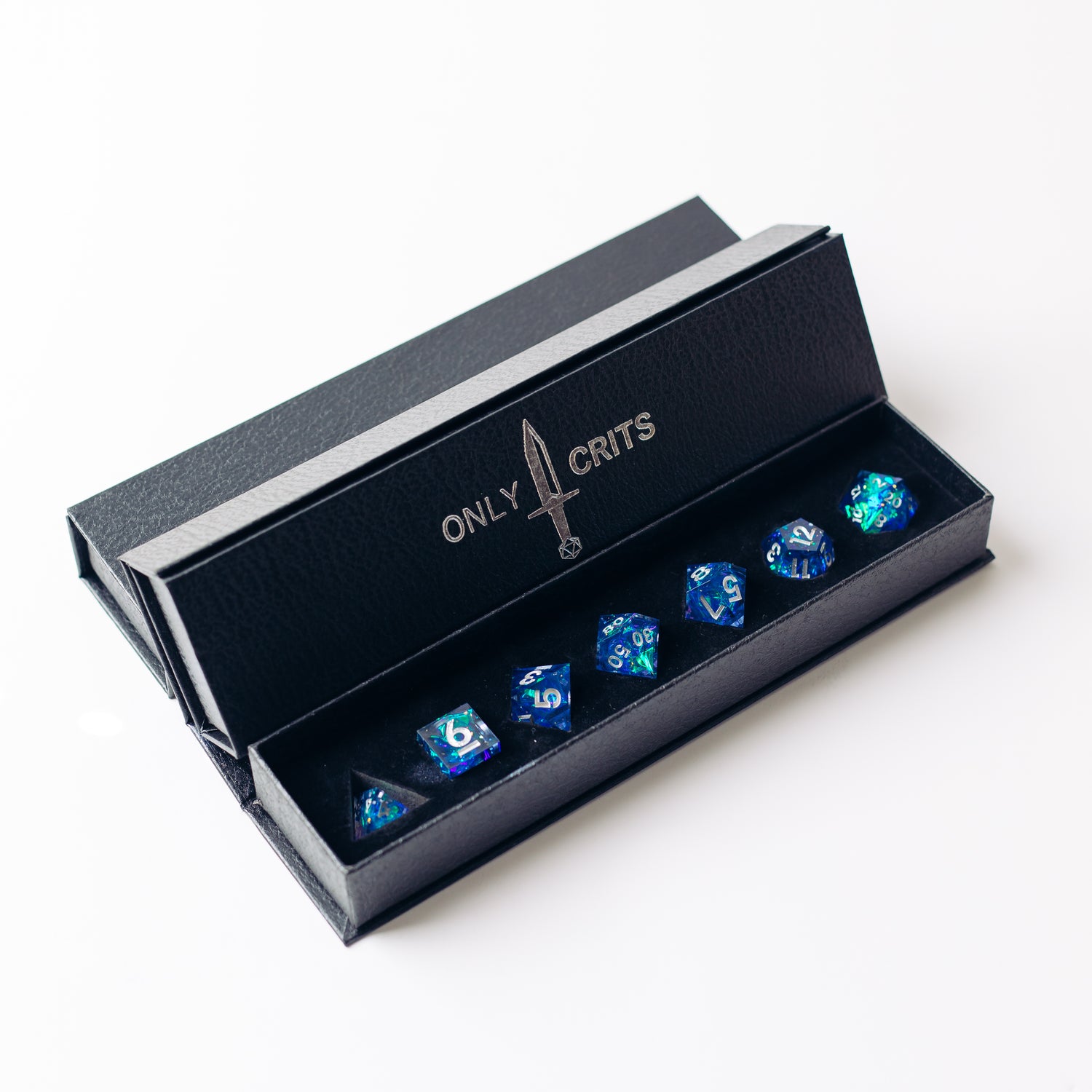Storytelling traditions from the days of yore saw tales passed by word of mouth from generation to generation. Each telling is unique to its teller, but many of the elements of these myths and legends remain the same. In a game played by word of mouth, where imagination plays the primary role, what better way to keep the ancestral myths of our forebearers alive?
Here is a selection of wonderful myths, legends and fairy tales which can act as backdrops or story guides for when you're building out your next D&D session, replete with colorful characters and stunning twists.
Thor and Utgarda-Loki
A myth insanely well suited to Dungeons and Dragons, this tale involves Thor and his party journeying to the land of the giants. In the halls of the great giants Thor, Loki and others from their group undertake some goodhearted challenges laid out by the giants: an eating contest, a footrace, a wrestling match and a drinking contest. Thor's group loses badly at all of them, most shockingly Thor himself loses at a drinking contest when he is unable to empty a drinking horn. Only after Thor begins to lose his already short temper does the giant reveal that he had been deceiving the thunder god, that he had used illusory magic to win the competitions. They had been eating against a wildfire, racing against their own thoughts, wrestling a mountain and drinking from the very oceans.
This tale works wonderfully for D&D for a couple of reasons. First of all it has a strong antagonist, one who is placed in opposition to the party but is not necessarily evil, which makes for some very entertaining roleplay opportunities. It has challenges that the party can participate in. It also has a clever, pre-built twist that makes for either a fun reveal at the end of the session or an exciting discovery for the party if they sniff it out early. Add on to that the potential for some cool magic items, the drinking horn connected to the ocean would make a great Alchemy Jug at a minimum, and you've got yourself a fun little session!
The Augean Stables
One of the famous Labors of Hercules, this tale sees the most famous of Greek heroes cleaning out a stable full to the brim with manure from 3000 oxen in just one day. This might be a surprising choice because of the lack of opportunity for combats that other Labors provide, but the beauty of this task is that it is a problem to be solved rather than simply a monster to be slain. Hercules is tasked with cleaning out stables that had been accumulating feces for hundreds of years, from thousands of animals, and told he must do it in a single day. He quickly realizes he cannot do this by hand, and so spends the day diverting a river to flow through the stables, washing them out with the flow of water instead.
A simple tale, how can we apply this DnD? Firstly, the set up works as a session set up, with a quest-giver identifying a task. The key to turning this into a session is having the initial task not only be impossible, but being obviously impossible so that the party can look for out-of-the-box solutions. Then if you want to pepper in some combat, throw some element-appropriate monsters at them to create an obstacle to their solution. And just like that your party will have overcome a seemingly impossible challenge in a narrative and satisfying way!
Beira Queen of Winter
Another simple tale hailing from Scottish folklore, this myth centers around the eldest deity of Scotland, Beira Queen of Winter, and her handmaiden Nessa. As punishment for supposed negligence, Beira transformed Nessa into a frozen river, but being strong of spirit and stubborn, Nessa struggled against her magical bonds, carving an impossibly deep groove into the earth. She freed herself from the cold grasp of winter, and in doing so created Loch Ness, where another myth would come to reside some centuries later...
Bare bones perhaps for a Dungeons and Dragons session, but once again they are strong bones. If we place the party in the role of Nessa, beginning either as subservient to a strong master or simply wronging a powerful deity by accident, and then locking them away in a kingdom of ice from which they must escape. This gives us a strong theme, another strong antagonist, and sets up a potential consequence resulting from the party's struggles to escape their magical bonds, prison, or torment.
In Conclusion
Myths are a fantastic place from which to draw inspiration for D&D. They originate as spoken word, they follow simple, strong storytelling elements, they have distinct characters, and they already deal with the fantastical. There's a reason so much of DnD is based directly off of mythology, so why not draw stories from those myths as well? If you're looking for further fantastic inspiration in regards to mythology, check out Norse Mythology by Neil Gaiman or Mythology by Edith Hamilton, to name just two great books about Western myths. Did we miss your favorite myth or do you think there's one that's better suited to a D&D session? Reach out and let us know! We're also always looking for new inspiration.


